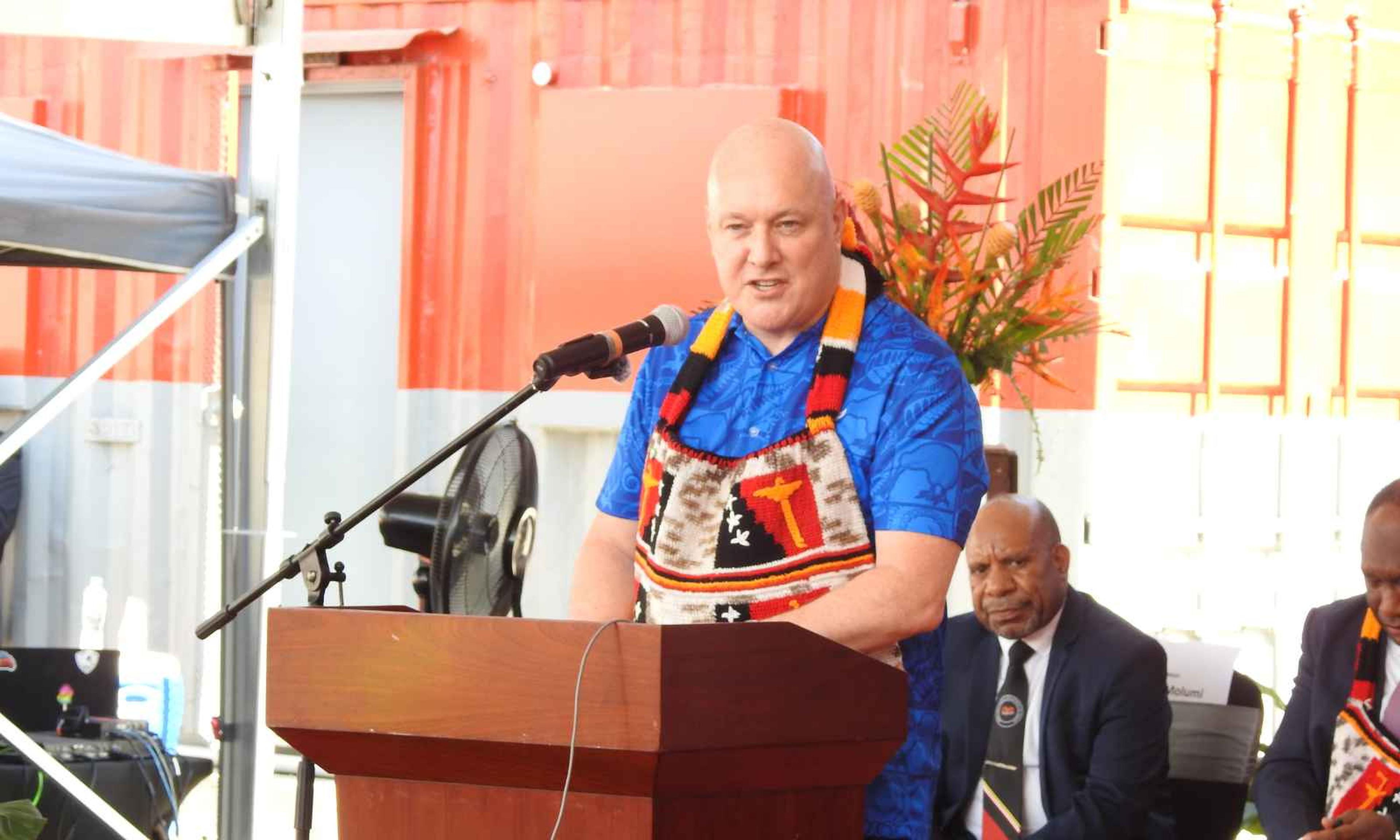

The Asthma and Respritory Foundation NZ's #dontgetsuckedin campaign aims to educate the public on the hazards of vaping and smoking.
Photo/ RNZ/ Supplied
Has vaping reduced youth smoking? Health expert says no
This year's Topline ASH Year Ten Snapshot Survey has found youth vaping and smoking increased, but for Pacific youth it's even more grim.




‘There is a pathway for us South Auckland girls’: The story of Sharne Pupuke-Robati



Sharks, clams, turtles and classrooms: Inside the latest Pristine Seas ocean mission in Fiji


‘There is a pathway for us South Auckland girls’: The story of Sharne Pupuke-Robati

Some have championed vaping as the alternative and eventual end to cigarettes, a portable device that lacks the pungent smell its predecessor has for a fraction of the price.
However, a recent survey reveals vaping has done more harm than good for New Zealand's youth, especially Pacific communities.
The 2023 Topline ASH Year Ten Snapshot Survey, which studies around 30,000 students between ages 14 and 15, found 10 per cent of youth vape daily.
Asthma and Respiratory Foundation NZ's Chief Executive Letitia Harding questioned why some are celebrating these results.
"The really annoying thing is I'm not sure why we're so happy," Harding says.
"Eight years ago there wasn't a vaping problem.
"We were already at smoking rates of 2.45 per cent and heading down. Suddenly we've let vaping come on the market.
"It's a whole new product our kids have become addicted to."
Harding adds that vaping has failed to decline smoking rates and that smoking was already declining before vaping products hit the shelves.
The survey also found Pacific youth are doing worse, where daily vaping increased from 11.1 per cent to 13.7 and regular vaping went up to 22.5 per cent from 19.8.
Daily smoking for Pacific youth increased to 1.7 per cent from 1.2 while regular smoking increased to 2.6 per cent to 3.7.
"For us, what's showing is we really need to be looking at pushing into Pacific communities around vaping and smoking," Harding says.
She says vapes high level of nicotine, where a single disposable can have the equivalent of a pack and half of cigarettes, is dangerous considering users typically run through them quickly.
"Cigarettes burn out but the vapes you'll see they'll go into the mouth and out the pocket: in and out.
"There's been numerous studies showing the vape products themselves cause harm to the lung tissue, heart and circulatory system."
She says education has been key in stifling regular vaping, as they have put together advertising campaigns, worked with organisations like Life Education Trust and recruited their first community Māori liason.
"Sharon [Pihema] goes around schools and really works with the kids. She really does listen to why the kids feel that this vaping has exploded in New Zealand," Harding says.
She says what they have discovered is accessibility plays a major role in the high rates of youth vaping.
"The fact that they are everywhere, the stores are everywhere, it's one of the biggest reasons that the kids are always saying to us."
For more information on vaping and smoking education click here.
Watch the full interview from 531's Facebook page below: